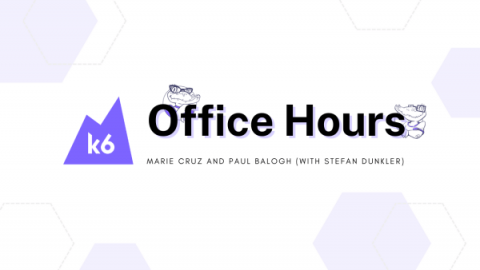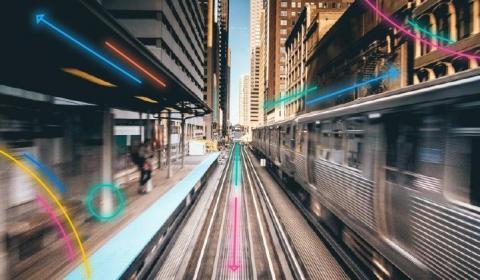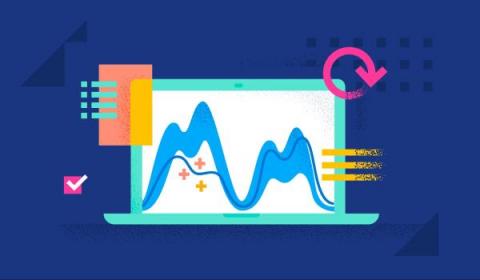Operations | Monitoring | ITSM | DevOps | Cloud
Observability
The latest News and Information on Observabilty for complex systems and related technologies.
Splunk Incident Intelligence
Why EVERYONE Needs DataPrime
In modern observability, Lucene is the most commonly used language for log analysis. Lucene has earned its place as a query language. Still, as the industry demands change and the challenge of observability grows more difficult, Lucene’s limitations become more obvious.
Watch: How to pair Grafana Faro and Grafana k6 for frontend observability
Grafana Faro and xk6-browser are both new tools within the Grafana Labs open source ecosystem, but the pairing is already showing a lot of potential in terms of frontend monitoring and performance testing. Faro, which was announced last November, includes a highly configurable SDK that instruments web apps to capture observability signals that can then be correlated with backend and infrastructure data.
It's time for government to move beyond monitoring and into observability
When thinking about holistic end-to-end observability, it can help to start with what you already have. Many government agencies are already strategically ingesting and storing logs — a key component of observability. More than a year and a half after the release of M-21-31, US government agencies continue to work through the logging maturity models outlined in the memorandum.
The Evolution of Applications and Current Trends To Know
How Security Engineers Use Observability Pipelines
In data management, numerous roles rely on and regularly use telemetry data. The security engineer is one of these roles. Security engineers are the vigilant sentries, working diligently to identify and address vulnerabilities in the software applications and systems we use and enjoy today. Whether it’s by building an entirely new system or applying current best practices to enhance an existing one, security engineers ensure that your systems and data are always protected.
The Case for SLOs
With one key practice, it’s possible to help your engineers sleep more, reduce friction between engineering and management, and simplify your monitoring to save money. No, really. We’re here to make the case that setting service level objectives (SLOs) is the game changer your team has been looking for.
Connecting OpenTelemetry to AWS Fargate
OpenTelemetry is an open-source observability framework that provides a vendor-neutral and language-agnostic way to collect and analyze telemetry data. This tutorial will show you how to integrate OpenTelemetry with Amazon AWS Fargate, a container orchestration service that allows you to run and scale containerized applications without managing the underlying infrastructure.
Root cause log analysis with Elastic Observability and machine learning
With more and more applications moving to the cloud, an increasing amount of telemetry data (logs, metrics, traces) is being collected, which can help improve application performance, operational efficiencies, and business KPIs. However, analyzing this data is extremely tedious and time consuming given the tremendous amounts of data being generated. Traditional methods of alerting and simple pattern matching (visual or simple searching etc) are not sufficient for IT Operations teams and SREs.











